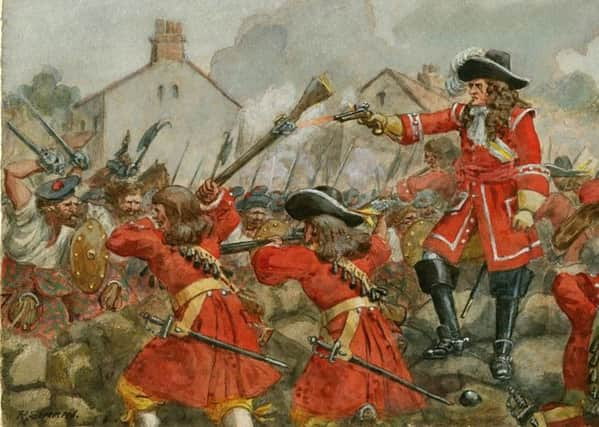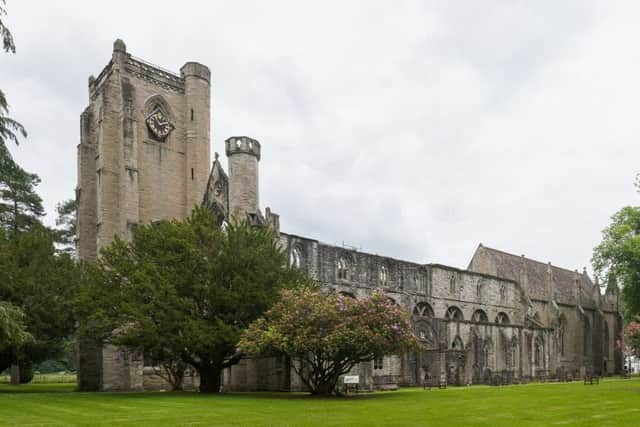On this day 1689: Scottish town destroyed in Jacobite clash


The Battle of Dunkeld broke out less than a month after the Battle of Killiecrankie which left the Jacobites victorious but without their revered leader John Graham Claverhouse, otherwise known as Bonnie Dundee.
At the time the Jacobites marched on Dunkeld, the town was held by a garrison of Government troops from the Cameronian Regiment under the command of Lieutenant-Colonel William Clelland.


Advertisement
Hide AdAs the Jacobites moved down the hills into the town around 7am, Clelland’s men were positioned in the cathedral, steeple and Dunkeld House with the remainder of the soldiers crouched behind walls of adjoining walls and parks, according to Browne’s History of the Highlands.
The account added: “The whole body of Highlanders rushed furiously into the town, which they entered at four different points at once.
“The Cameronians, however, firmly maintained their ground within the enclosures, from which they kept up a galling and destructive fire upon the Highlanders, who in vain attempted to dislodge them.”
Within an hour of battle, Clelland was killed by two bullets, one which entered his liver and the other his head, according to the account.
A number of Highlanders hid in the houses to try and maintain a height advantage over their enemy but ultimately became sitting targets.
As ammunition dwindled, Captain George Munro, who took charge following Clelland’s death, decided to set fire to the town.
Advertisement
Hide AdSeveral small pikemen were sent in with burning torches to light the houses where the Jacobites were posted.
Browne wrote: “The din of war was no longer heard, but a more terrific sound had succeeded, from the wild shrieks and accents of despair which issued from the dense mass of smoke and flame which enveloped the unfortunate sufferers.”
Sixteen Jacobite were burnt to death, according to Browne.
Advertisement
Hide AdLittle by little, however, the Jacobites continued to push back their rivals on all sides towards the Cathedral.
By 11pm and on the point of defeat for the Cameronians, the Jacobite army decided to call it a day and withdraw, leaving around 300 men dead in the burnt out town.
The reasons for the exit remain unclear but the decision to leave Dunkeld left the all but beaten Government troops victorious.
The town was rebuilt in the area to the north of the Cathedral.
According to the Inventory of Scottish Battlefields published by Historic Environment Scotland, Dunkeld was an incredibly significant battle in the history of 17th century Scotland.
It came on the back of Jacobite victory at Killiecrankie at a time when King William of Orange had yet to solidify his position on the throne following the deposition of James VII and II.
Advertisement
Hide Ad“Had the Jacobites won at Dunkeld, the path would have been open to them to advance on a weakly defended and strongly Jacobite Perth and subsequently continue to Stirling, a situation for which the Privy Council
had already made preparations to flee should it occur and which would have been a great boost to the Jacobite cause.”
The reality was that the Jacobite army dwindled following Dunkeld with a loss of momentum in getting the Stuart line throw in htetetet
